Bearings are a crucial component of many types of machinery and exist in a variety of forms and shapes. They can be defined as a component that permits only a specific type of motion in a system that may be under static or dynamic loading. When two metal parts come in contact inside a machine, a large amount of friction is produced, and this can lead to the wear and tear of the material in time.
A bearing is a mechanical component that helps a rotating assembly move smoothly. As a result, the bearing permits one element to rotate relative to another. Bearings are high-precision elements that enable equipment to move at various speeds while efficiently transferring significant weights. A bearing is an important Product for industrial applications.
Different types of bearings are available from a variety of Suppliers and Companies, as well as various manufacturers and distributors, and there are many Types of Bearings for Sale on Linquip. A comprehensive list of bearings services is available on the Linquip website, which covers all OEM fleets. Linquip vendors can assist you with this. To learn more about how to connect with a wide range of service providers who consistently provide the highest quality goods, please contact Bearing Experts on Linquip.
Bearings reduce friction and facilitate movement by having two surfaces that roll over each other. This article will take a closer look at different types of bearings. Follow this new blog on Linquip to find out more about different types of bearings and their applications.
Different Types of Bearings
Based on design
- Plain Bearings
-
- Spherical Plain Bearings
- Rod End Bearings
- Bushings
- Two-piece Plain Bearings
- Rolling-element Bearings
-
- Ball bearings
-
-
- Deep-Groove Ball Bearings
- Angular Contact Ball Bearings
- Self-Aligning Ball Bearings
- Thrust Ball Bearings
-
-
- Roller Bearings
-
-
- Spherical Roller Bearings
- Cylindrical Roller Bearings
- Tapered Roller Bearings
- Needle Roller Bearings
-
- Jewel Bearings
- Fluid Bearings
-
- Hydrodynamic Bearings
- Hydrostatic Bearings
- Magnetic Bearings
-
- Active Magnetic Bearings
- Passive Magnetic Bearing
- Flexure Bearings
Based on the direction of the load
- Radial Bearings
- Thrust Bearings
- Linear Bearings
Bearings can be classified based on different criteria, such as design and operating mode, allowed motion, or direction of load. From a design perspective, the classification of bearings is as follows.
Plain Bearings
Also referred to as bushes, bushings, or sleeve bearings, these are the simplest type of bearings. With a cylindrical shape and no moving parts, they are usually used in machines with a rotating or sliding shaft component. Plain bearings can be made of metal or plastic and can use a lubricant-like oil or graphite for reducing the friction between the shaft and the hole it rotates in. Typically, they are used for sliding, rotation, oscillating or reciprocating motion. Plain bearings are further classified into the following sub-types:
Spherical Plain Bearings
Spherical plain bearings are types of bearings that have an inner ring with a convex outside surface and an outer ring with a concave inside surface. The two rings are mounted together, so there are no rolling elements in between. However, depending on the materials used for the rings, a layer of coating made of chromium, PTFE, or phosphate can be applied for reducing the wear. In some designs, seals can be added to reduce contamination and extend the bearing life.
Spherical plain bearings are suitable for applications where alignment movements between the shaft and housing have to be accommodated. When they can withstand heavy loads and shocks, they are also referred to as heavy-duty spherical plain bearings.
Rod End Bearings
Rod end bearings also referred to as Rose joints, consist of an eye-shaped head with an integral shank, which is used as housing for a spherical plain bearing. The internal thread is usually left- or ring-hand female, while the external thread is male.
The bearing is fixed inside the housing, so unlike spherical plain bearings, which offer misalignment capabilities, rod ends don’t have this characteristic. They are, however, very easy to mount, provide a compact and lightweight design, and are a good alternative to a conventional housing element. Rod end bearings are often used in control rods, mechanisms, and linkages, being easy to integrate into various applications.
Bushings
The most common type of plain bearing is the bushing or bush, which is an independent element inserted into a housing to provide a supporting surface. The shape is usually cylindrical, the standard configurations being the sleeve bearing and the flanged bearing. Sleeve bearings have straight inside and outside surfaces and equal diameters, while the flanged ones have a flange at one end that is used for locating the element in an assembly, and sometimes also for covering the mounting holes and securing the bearing in place.
A particular type of bushing is self-lubricating bushing, in which a solid lubricating film is created inside the bearing through the transfer of a small amount of surface material. This happens in the initial run-in period of the bearing, but the amount of material transferred is small enough to not interfere with the functioning and load-handling properties of the bearing.
Two-piece Plain Bearings
Also referred to as full bearings, two-piece plain bearings are used in industrial machinery where larger diameters are required, such as crankshaft bearings. They are made of two parts called shells, which are kept in place using different mechanisms.
If the shells are large and thick, a button stop or a dowel pin can be used for locating them. The button stop is screwed on the housing, and the dowel pin links the two shells together. Another possibility is to use a tab on the parting line edge that correlates with a notch in the housing, to prevent the movement of the shells after installation.
Rolling-element Bearings
Rolling-element bearings are also called anti-friction bearings, as they have lower friction and reduced lubrication requirements compared to plain bearings. Their role is to support and guide rotating and oscillating machine elements, such as shafts, wheels, or axels, and to transfer loads between the different components of an assembly.
They come in standard sizes, are easy to replace, and cost-effective. By minimizing friction and enabling high rotational speeds, these bearings reduce heat and energy consumption, leading to more efficient processes. Rolling-element bearings fall into two main categories: Ball bearings and roller bearings.
Ball Bearings
Ball bearings are probably the most common type of bearings that utilize balls as the rolling elements. They are characterized by point contact between the balls and the raceways.
As a rule, ball bearings rotate very quickly but cannot support substantial loads, so if the bearing is overloaded, the balls can deform or squish, ruining the bearing.
Ball bearings are used in a variety of applications, from simpler devices like skateboards to complex machines or engines including electric motors and generators, pumps and compressors, blowers, fans, gearboxes and drives, turbines, farm machinery, conveying systems, oil field machinery, robotics, industrial valves and so on. Ball bearings are further classified into the following sub-types:
Deep-Groove Ball Bearings
The most commonly used types of ball bearings are Deep-Groove Ball Bearings. Thanks to their simple design, they are easy to maintain and not as sensitive to operating conditions thus are used in a wide range of different applications.
Deep groove ball bearings are robust in operation and require little maintenance. In addition to radial forces, they can accommodate radial loads and axial loads in both directions. Their low torque also makes them suitable for high speeds. These ball bearings are available as open-type bearings that allow for easy lubrication but have the disadvantage that the balls can collect dust.
Angular Contact Ball Bearings
Angular Contact Ball Bearings are characterized by a contact angle. This means that forces are transferred from one raceway to the other at a particular angle.
Angular contact ball bearings are therefore suitable for combined loads, where high axial forces have to be transferred in addition to radial forces.
Angular contact bearings can come in different design styles, with seals or shielding. These serve not only as protection from contamination but also as retainers for lubricants. These bearings can be made from stainless steel, ceramic hybrid materials, or plastic, and may be plated with chrome, cadmium, or other materials. Also, they can be pre-lubricated, re-lubricated, or can feature solid lubrication.
Self-Aligning Ball Bearings
Self-Aligning Ball Bearings are types of bearings that include a double row of balls guided by a cage and double row inner ring raceway but have the special feature of a continuous spherical outer ring raceway allowing the inner ring/ball complement to swivel within the outer ring. This is what enables a degree of self-alignment in the application.
This type of bearing is recommended when the alignment of the shaft and the housing (misalignment) are a problem and the shaft could deflect. Self-aligning ball bearings are most suitable for absorbing radial forces.
Thrust Ball Bearings
Thrust Ball Bearings consist of two bearing discs with raceways for the balls.
Thrust ball bearings were developed solely for absorbing axial forces in one direction, meaning they can locate the shaft axially in one direction.
Roller Bearings
Roller Bearings are types of bearings characterized by line contact. Line contact offers a higher load rating than ball bearings of the same size; however, the speed ability is lower than a ball-bearing due to the increased friction of a contact line. Roller bearings are further classified into the following subtypes:
Spherical Roller Bearings
Spherical Roller Bearings are very robust and work on the same principle as Self-aligning bearings with the exception that they use spherical rollers instead of ball rollers allowing higher loads to be supported. This can compensate for misalignments between the shaft and the housing.
Spherical roller bearings are suitable for absorbing high radial loads and moderate axial loads. They are typically used in applications like gearboxes, pumps, mechanical fans and blowers, wind turbines, marine propulsion and offshore drilling, mining and construction equipment, etc.
Cylindrical Roller Bearings
Cylindrical Roller Bearings use line contact between the rolling elements and the raceways, which optimizes the distribution of stress factors at the point of contact. These roller bearings are engineered to withstand heavy radial loads and moderate thrust loads, and they contain cylindrically-shaped rollers designed to reduce stress concentrations. Depending on the design, they may also be able to transmit limited amounts of axial loads.
Cylindrical roller bearings are often used in industries like petroleum production, power generation, mining, construction equipment, gears and drives, electric motors, blowers, fans, as well as pumps, machine tools, and rolling mills.
Tapered Roller Bearings
Tapered Roller Bearings have tapered raceways in the inner and outer rings with conical rollers arranged between them. Due to the contact angle, tapered roller bearings can absorb high radial and axial forces in one direction.
Tapered roller bearings are often combined in pairs to support axial forces in both directions.
Needle Roller Bearings
Needle Roller Bearings are a special type of cylindrical roller bearing which contain long, thin rolling elements, known as needle rollers. The ratio of diameter to length is between 1:3 and 1:10.
Needle roller bearings have a high load rating and are only suitable for radial forces. If space is constricted, needle bearings can be a good solution.
The smallest and lightest of the roller bearing family, needle roller bearings are widely used in the automotive industry, in components such as compressors, transmissions, rocker arm pivots, or pumps. These bearings are also commonly used in agricultural applications and construction equipment, in portable power tools, and in domestic appliances.
Jewel Bearings
Jewel Bearing is a plain bearing in which a metal spindle turns in a jewel-lined pivot hole. The hole is typically shaped like a torus and is slightly larger than the shaft diameter. The jewel material is usually synthetic sapphire or ruby. Jewel bearings are used in precision instruments where low friction, long life, and dimensional accuracy are important such as mechanical watches.
Fluid Bearings
Fluid Bearings are types of bearings in which the load is supported by a thin layer of rapidly moving pressurized liquid or gas between the bearing surfaces. Since there is no contact between the moving parts, there is no sliding friction, allowing fluid bearings to have lower friction, wear, pressurized and vibration than many other types of bearings.
They are also increasingly being used to cut costs. Fluid bearings are used in machines that work at high speeds and loads. While the initial costs are higher, the longer lifespan in tough conditions makes up for it in the longer run.
Fluid bearings are classified into two types: hydrostatic and hydrodynamic bearings.
Hydrostatic Bearings
In this type, an externally pressurized fluid is forced between two elements that are in relative motion. The pressurized fluid forms a wedge between the moving parts and keeps them apart. The fluid layer may be very thin but as long as there is no direct contact, there will not be any wear.
The fluid is circulated using a pump. The exit orifice diameter may be adjustable to ensure the fluid is always under pressure at all shaft speeds and loads. Thus, precise gap control is possible.
Hydrodynamic Bearings
This type of bearing utilizes the motion of the journal to force the fluid between the shaft and the housing. The journal motion sucks the lubricating fluid between the moving parts creating a constant wedge. This, however, means that during start-stop as well as at low loads and speeds, the wedge formation may not be good enough to prevent wear. Only at designed speeds will the system work exactly as needed.
Magnetic Bearings
Magnetic bearings are types of bearings that use the concept of magnetic levitation to hold the shaft mid-air. As there is no physical contact, magnetic bearings are zero-wear bearings. There is also no limitation on the maximum amount of relative speed it can handle.
Magnetic bearings can also accommodate some irregularities in shaft design as the shaft’s position is automatically adjusted based on its center of mass. Thus, it may be offset to one side but will still function just as satisfactorily. They are broadly classified into two types: Active and passive magnetic bearings.
Active Magnetic Bearings
Active magnetic bearings use electromagnets around the shaft to maintain their position. If a change in position is picked up by sensors, the system adjusts the amount of current being fed to the system and returns the rotor to its original position.
Passive Magnetic Bearing
Passive magnetic bearings use permanent magnets to maintain a magnetic field around the shaft. This means there is no power input needed. The system is, however, difficult to design due to limitations as this technology is still in its early stages.
In many cases, the two types of magnetic bearings may be used in tandem where the permanent magnets handle the static loading while the electromagnets are used to maintain the position to a high degree of accuracy.
Flexure Bearings
Flexure Bearings are engineered to be compliant in one or more angular degrees of freedom. Flexure bearings are often part of compliant mechanisms. Flexure bearings serve much of the same function as conventional bearings or hinges in applications that require angular compliance. However, flexures require no lubrication and exhibit very low or no friction.
Another criterion for categorizing bearings is the direction of the load they can accommodate. From this point of view, bearings are grouped into three main categories: radial bearings, thrust bearings, and linear bearings.
Radial Bearings
Radial bearings are types of bearings that primarily used for supporting radial loads, although under some circumstances they are capable of carrying limited thrust loads.
Radial bearings can support loads that fall perpendicularly to the shaft. Depending on the design, they may also accommodate some axial loads, in one or two directions. Radial bearings are installed perpendicularly to the axial line of the shaft.
Thrust Bearings
Thrust bearings support loads that are parallel to the bearing axis, so they are designed to withstand forces in the same direction as the shaft (axial loads). Depending on their design, these bearings can handle pure axial loads in one or two directions, and sometimes also some radial loads, but unlike radial bearings, these components cannot accommodate very high speeds.
Linear Bearings
Linear bearings guide the moving parts in a straight line. They are also referred to as linear guides and come in two main shapes: round and square.
Linear bearings are designed to provide a free motion in one direction and offer a smooth precision motion along a single axis linear design. They are most commonly used within the furniture industry as a ball-bearing drawer slide.
So, this was everything you needed to know about different types of bearings and the application of bearing. Now that you know how many types of bearings are there, let us know what you think by leaving a reply in the comment section. We will be more than glad to have your viewpoint on the article. Is there any question we can help you through? Feel free to sign up on the Linquip website where our experts are prepared to provide you with the most professional advice.
Download Different Types of Bearings PDF
Buy Equipment or Ask for a Service
By using Linquip RFQ Service, you can expect to receive quotations from various suppliers across multiple industries and regions.
Click Here to Request a Quotation From Suppliers and Service Provider
Read More In Linquip

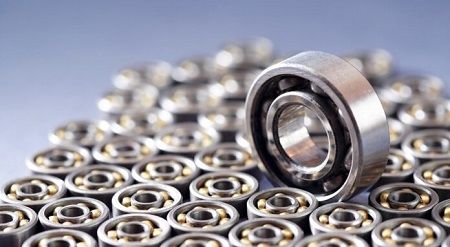
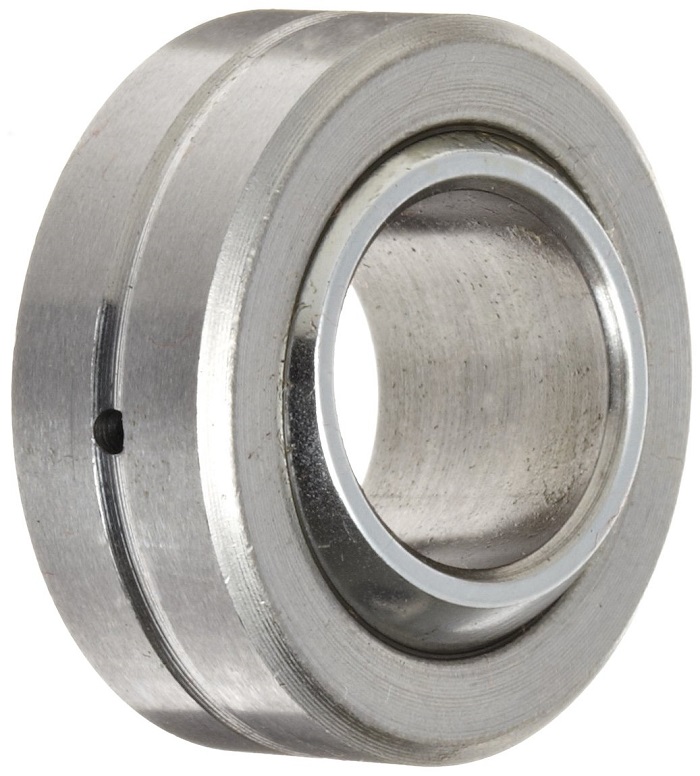
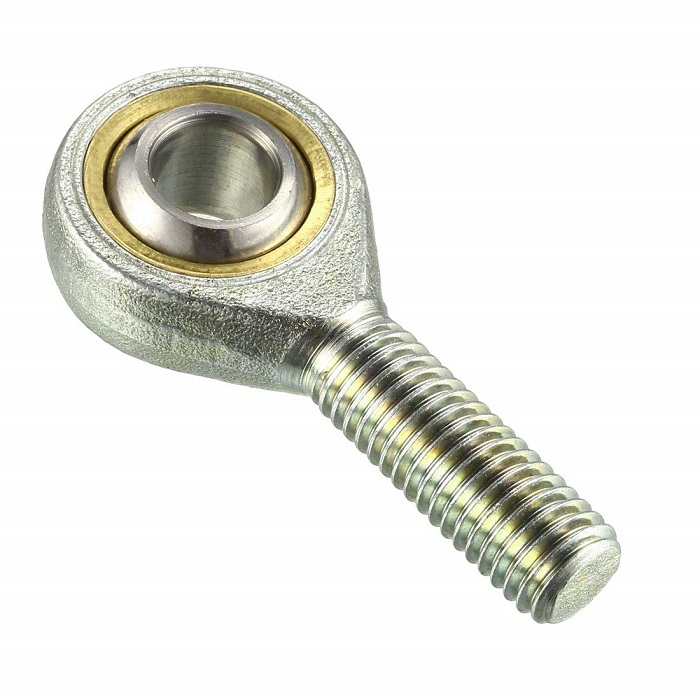
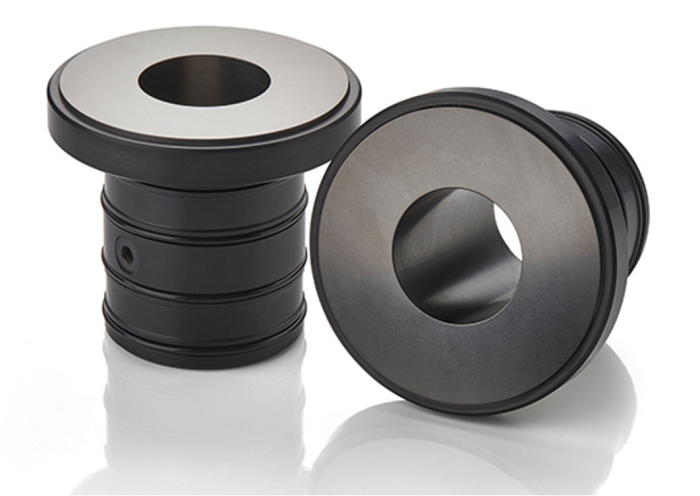
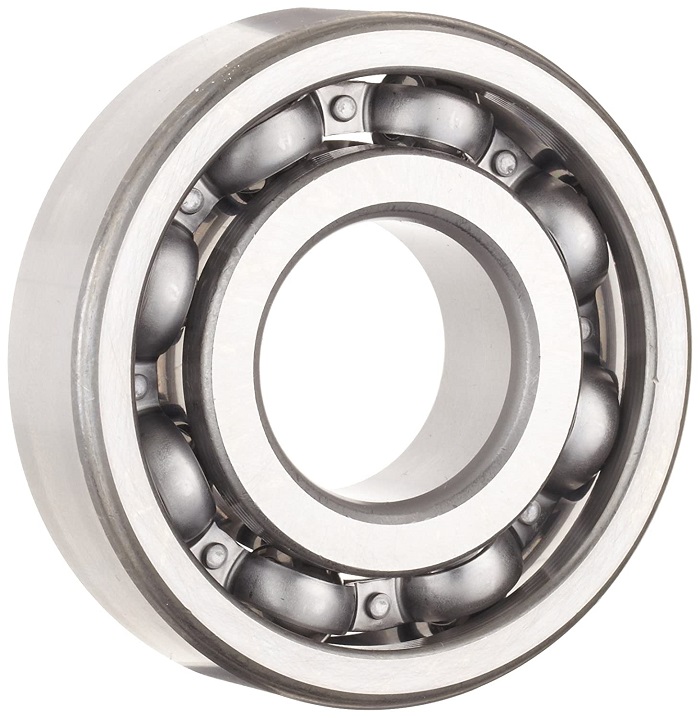
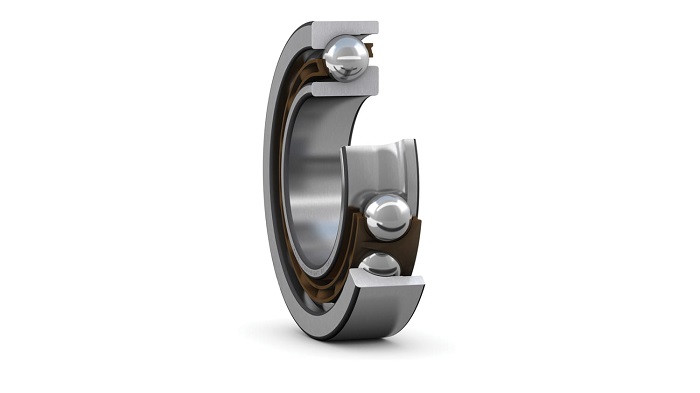
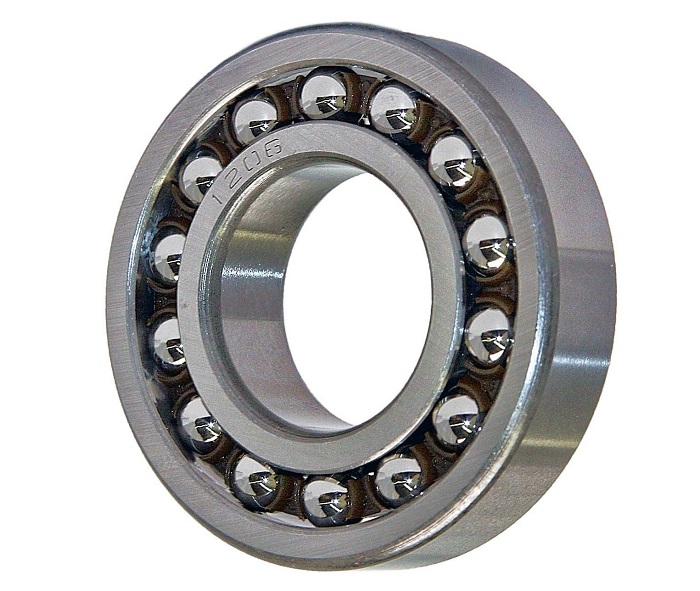
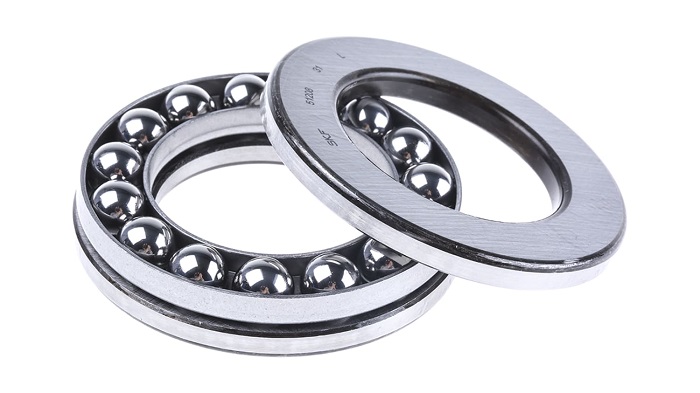
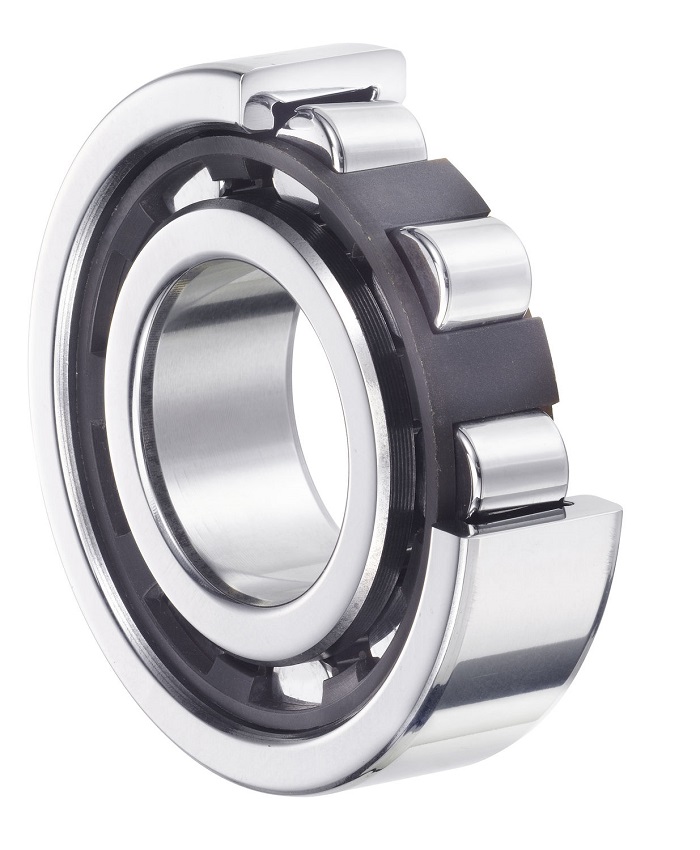
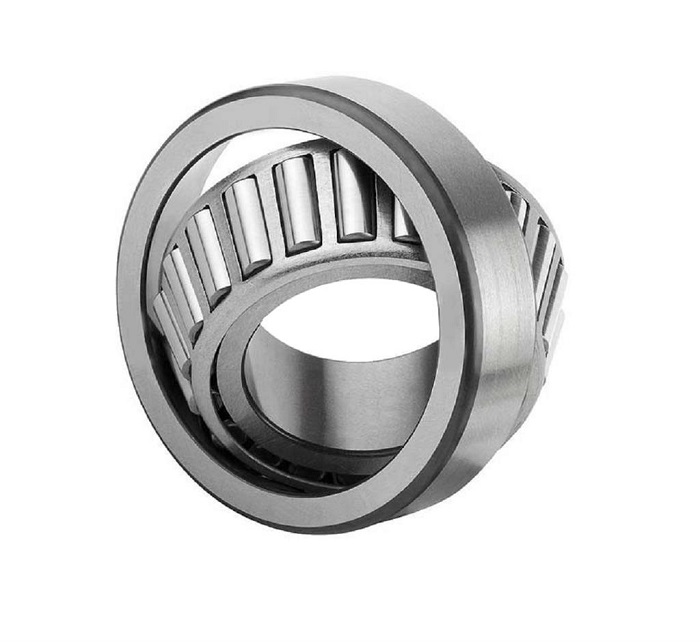
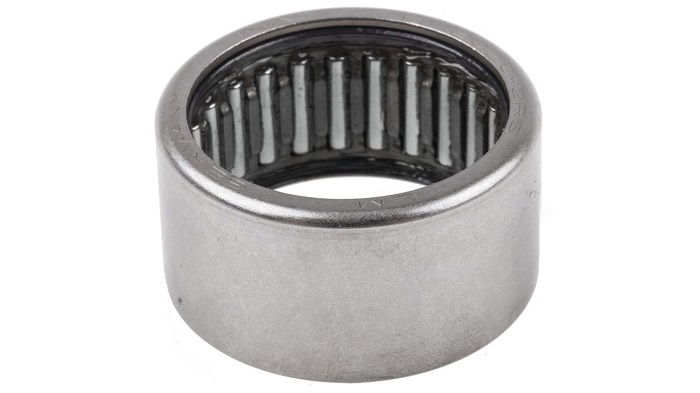
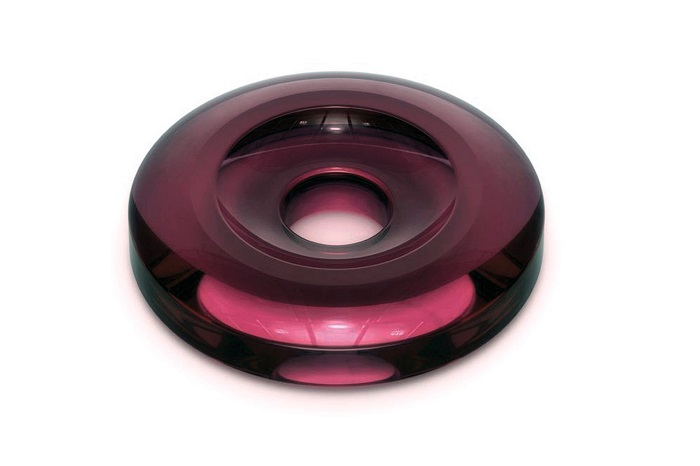
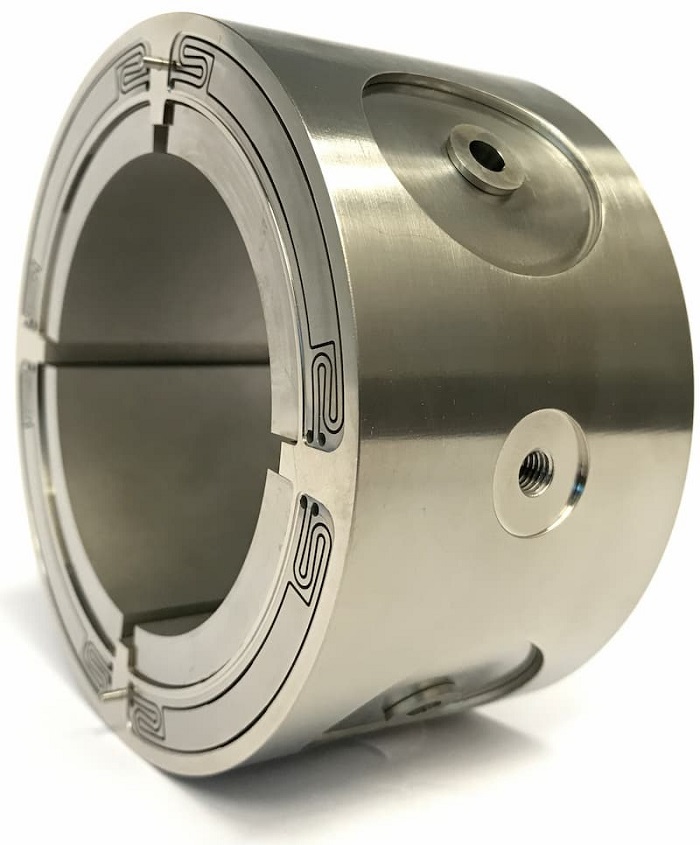
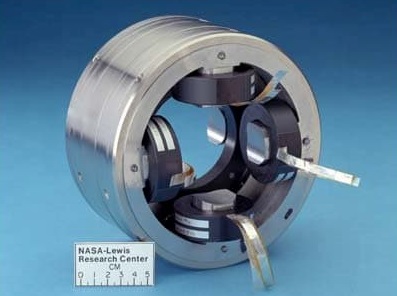
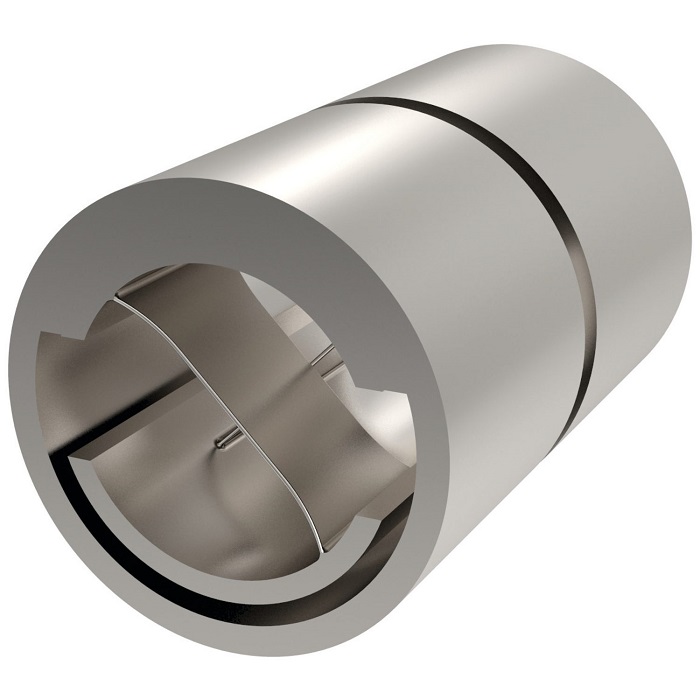


Interesting to know about the different types of bearings such as linear ones that are commonly used in furniture as ball-bearing drawer slides. I didn’t realize that there are a lot of bearings variations for different purposes. I wonder which ones are mostly used for agricultural machineries.
It very good information you provide every body need those type of information and it good for his career
Superb for industrial knowledge
P d f berig ka
Following Bearings are required, please send your quotation/price
1. NUP 2306
2.NUP 2313
3.31313 B
4.31313DF
Oil seal
Size- 220×250×16
55×80×12
Hi sar hame bearing ki jankari chahiye
Great Post!! I’ve read your blog, its very informative. I am so impressed to read this blog. thanks for sharing. Learn more about bearings & bushings in microcare blogs.